- Remove Arkeologi filter Arkeologi
- Remove Settlements, Villages, Towns filter Settlements, Villages, Towns
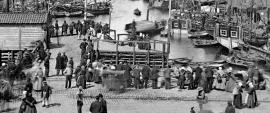
The City and the Stril country
The relationship between Bergen and its neighbouring districts, normally known as “Strilelandet”, has, over the centuries, given rise to greater conflicts than the contacts between any other Norwegian city and its nearest hinterland.
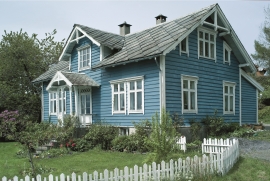
Vernacular Architecture and the Landscape
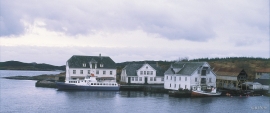
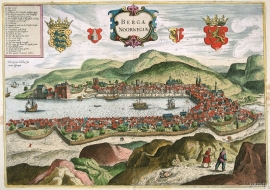
Bergen – The Urban Community
Bergen - our first royal residence city – has for centuries been Norway’s, and for long periods, Scandinavia’s biggest city. The historical monuments round the Vågen bay tell us that the city has been of national, historical significance.
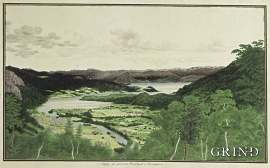
Earth and stone
"Humus" is a word with great meaning. It is the soil we live from, in addition to the resources we get from the ocean. This layer of earth - sometimes appearing as loose fertile organic matter; other places as scanty and acidic soil - is found in varying thicknesses over the bedrock. It is the result of 10,000 years of breakdown and erosion following the last ice age, and then several thousand years of cultivation in more recent times. The soil we can buy at the garden centre is a different product than the "natural" humus layer, formed of processes occurring far under the earth's surface. If you dig your spade into the soil where it has not been ploughed before, you will see that there is a big difference in colour, soil structure, moisture and stone content. We might say that the soil is fertile and easily worked some places, whereas other places folk might have given up trying to grow anything on their small patches of land, which then become overgrown with birch and thicket. Modern agriculture does not have room for small stumps between the piles of stone. Nowadays, machines do the job, and they require a lot of space and flat ground.
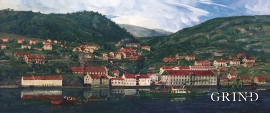
The Urban Settlements
The development of urban settlements after 1850 is a historic process of great significance for the cultural landscape. Besides the great land reforms and the new ways of working in agriculture, the changes in the settlement pattern and the building of a road network with roads, bridges and cuttings were the single factors which have most significantly contributed to the metamorphosis of the county’s physical visage in the last 150 years.

Rosendal Barony
The Barony of Rosendal lies in the grounds of the old noble estate of Hatteberg, on the north side of the Hatteberg river, around one kilometre up from the sea. The three noble estates Seim, Mel and Hatteberg constituted the core of the large estate taken over by Ludvig Rosenkrantz in 1662, after he was married to Karen Mowat in 1658.
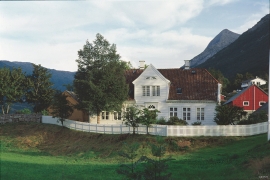
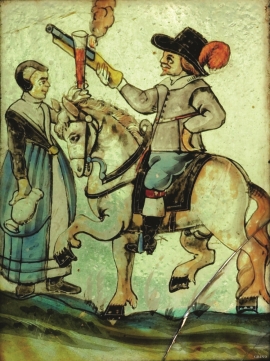

Arnatveit
On the farm of Arnatveit, high up on the slope above the highway, an old smokehouse remains standing in the courtyard of the main farm property, in the place of the old common courtyard. Today this farm lies at the outskirts of a large housing estate. Most of the farmland of the other farm properties has been sold to benefit the city’s need of sites for the new community of Arna.


